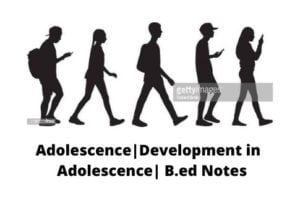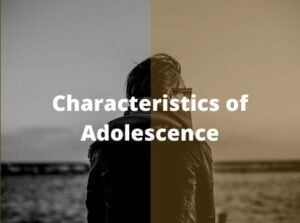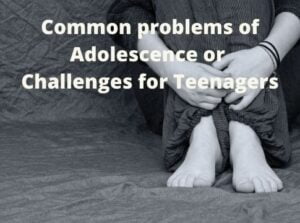Stanley Hall “Storm and Stress ” Theory helps to learn more about Adolescence. G. Stanley Hall was born in a small farming village in Massachusetts. He is known as the father of ‘adolescence’. He has produced over 400 books and articles and had become the first president of Clark university Massachusetts, His greatest achievement has been his research work on child Centered research education and adolescence to a society in transition. Hall was the first president of the American Psychological Association.
The term “Storm and Stress” was coined by G. Stanley Hall in his book ‘adolescence’ in 1904. Hall used this term because he viewed adolescence as a period of inevitable turmoil that takes place during the transition from childhood to adulthood. ‘Storm’ refers to the decreased level of self-control and ‘Stress’ refers to an increased level of sensitivity
Stanley Hall “Storm and Stress ” Theory: Three Key Elements
The three key elements of ‘stress and storm’ theory are –
- Conflict with parents and other authority figures
- Mood disruption
- Risk behaviour
1. Conflict with parents and other authority figures
Adolescence tends to be rebellious and resist adult authority figure as they seek great independence and authority. In particularly adolescence is a time when conflicts with parents are especially high
Hall viewed adolescence as a time when the wisdom and advice of parents and teachers are overtopped and in ruder nature may be met by blank contradiction. He viewed this as due not only to human evolutionary history but also to the incompatibility between adolescents’s need for independence and the fact that parents, teachers and other authority figures still think of adolescence as mere children and tighten the rein where they should loosen it.
One naturalistic study of early adolescence conflicts with parents and siblings reported a rate of 2 conflicts every 3 days or 20 per month. These conflicts make adolescence difficult not just for adolescence but also for their parents and this, in turn, reflects adolescent behaviour at school.
He also added that conflicts between parents, teachers and adolescents are more likely when the adolescent is experiencing a depressed mood when the adolescent experiencing other problems such as substance abuse and when the adolescent is a maturing girl or boy.
2. Mood disruption
Adolescence tends to be more volatile emotionally than either children or adults. They experience extreme moods and more swings of mood from one extreme to the other. They also experience more frequent episodes of depressed mood. Hall’s experience while working with teenagers reports them to feel “self-conscious and ‘embarrassed more often than not as compared with other age groups. They were also more likely to feel awkward, lonely, nervous and ignored.
Hall believed and saw this increase in mood disruptions as due to cognitive and environmental factors as well as hormonal changes.
Hall also pointed out the variety of factors that have been found to make mood disruption in adolescence more likely, including low popularity with peers, poor school performance and family problems such as marital discord and parental divorce.
3. Risk behaviour
Adolescents have higher rates of reckless, norm-breaking and anti-social behaviour than either children or adults. Adolescents are more likely to cause disruptions in the social order and to engage in behaviour that carries the potential for harm to themselves and the people around them. Adolescence has long been associated with heightened rates of anti-social, norm-breaking and criminal behaviour, particularly for boys.
Unlike, conflicts with parents or mood disruptions, rates of risk behaviour peak in late adolescence/ emerging adulthood rather than early or middle adolescence. Rates of crime rise in the teens until peaking at age 18 then drop steeply rates of most types of substance use peak at about 20.
The main cause of taking risk behaviour include peer pressure, excessive energy leads to taking any risk and in their free time they are engaging in anti-social activities.
Conclusion
We can conclude from the above discussion, that adolescence is a period of “Storm and Stress” according to Stanley Hall. The main cause of storms and stress is biological changes during puberty. During the period of adolescence, they have excessive energy to do new tasks parents and teachers must understand the behaviour of children and must use their energy in various educational activities


